New York is one of the boldest and most lively hubs of — and for — creative people, and its art scene reflects that. Chelsea and the Lower East Side have long dominated the world of New York art as its powerhouse nuclei, but in recent years the dynamic has shifted and expanded: galleries have emerged in wildly ‘off road’ locations.
A new wave of venues and roving spaces act as a loose consortium, spearheaded by devoted art lovers inspired (and brave) enough to debut their visions. These small-scale spaces are diverse — in geography, in spatial features, in aesthetics — yet aligned in their mission of championing emerging or under-represented artists while presenting an approachable and inclusive gallery experience to reflect our changing times and evolving cultural conversations.
The gallerists launching these spaces uphold the creative insights that fuel their passions and personal relationships, while also trying to operate and maintain a successful business in the notoriously cutthroat NYC art market. Many of the artists they uplift live and work in the areas they call home — neighbors and local residents are a closely-knit part of the communal fabric that threads these projects together. They’re piloted from sometimes unexpected settings: apartments with personality like April Z’s Tutu Gallery, or with views of iconic city signage, like Ethan James Green’s New York Life Gallery. These new art spaces navigate architecture that requires innovative brainstorming to function, like the covered doors or strangely-angled walls at Tchotchke Gallery, owned by Marlee Katz and Danielle Dewar. While Stephanie Baptist, owner of Medium Tings, works fluidly with no permanent home at all.
All these distinctions inspire an expansive rethinking of what art and business can come together to look like, and how the status quo can be magnetically re-conceived in the contemporary moment. We spoke to six emerging gallerists about showcasing diversity, maximizing space and amplifying community.
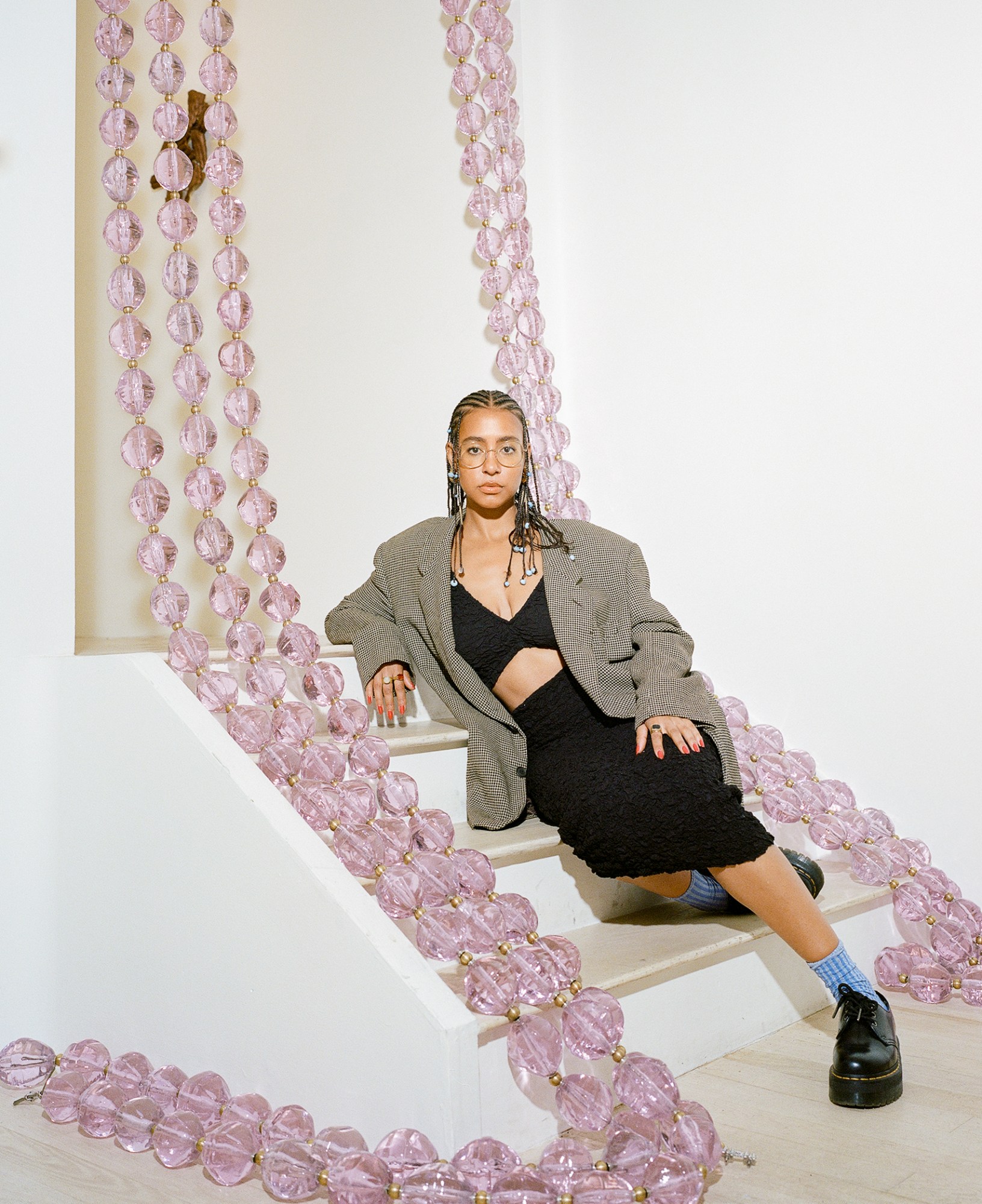
Hannah Traore, Hannah Traore Gallery
What was the impetus for creating a new art space?
I’d been working in the New York Art World for a few years and noticed things that I didn’t like. I had all these ideas and realized that I should just do it myself. I was so excited by the idea of building a place where community could gather and evolve and support each other.
What are the challenges of establishing an art space?
When you go out on your own, there is no longer someone above you to make the hard decisions that steer the boat. That pressure can be suffocating. It’s been so important for me to lean on my peers and mentors for advice. That being said, at the end of the day, it’s been the most important to trust myself and my own intuition.

Are there particular programming notes you could share about what the art space wishes to put forth as a perspective?
The gallery’s goal is to uplift artist’s who have been historically marginalized and/or exploited by the traditional art world. It’s very important to note that they are showing in my space for the quality of their work. There is not one artist who has showed in my space because they are Black, or Queer, or Indigenous. They have all shown in my space because they create powerful and beautiful work that deserves a platform.
Also, we get excited about art that might not be traditionally shown in an art gallery. For example, glass, which may be left out because it’s considered “craft.” Or artists who toe the line between fashion and art. I like to show work that I think is exceptional. No matter what it is. Full stop.
What are some of the upcoming shows to look forward to?
I am so looking forward to my September show, which will be a solo show by photographer Quil Lemons. He’s creating the work as we speak and it’s… iconic. I’m also really excited to be launching my first annual fashion collaboration/capsule. More on that soon!
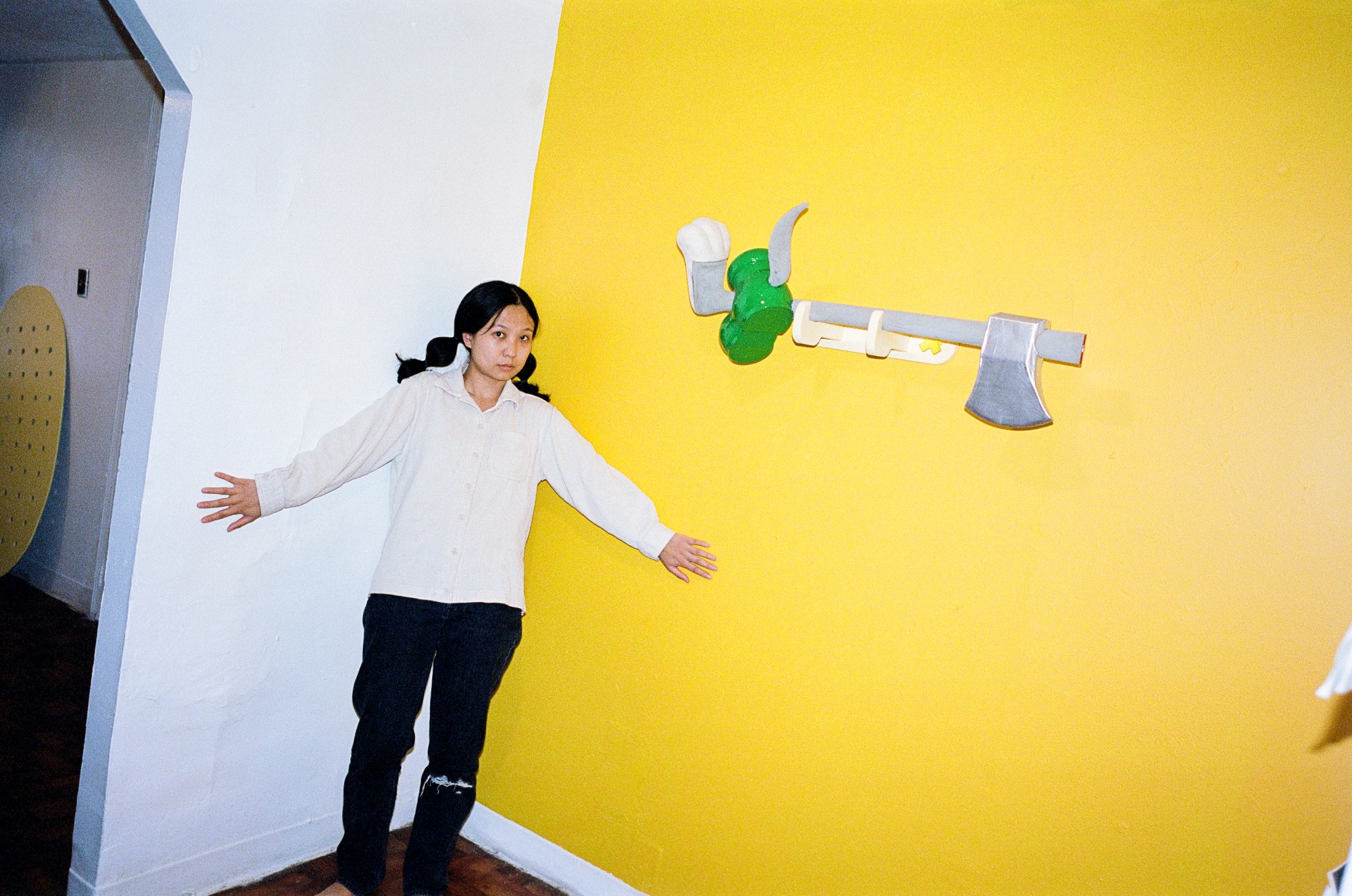
April Z, Tutu Gallery
What was the impetus for creating a new art space?
The conception of Tutu Gallery was by accident — I was scheduling tours for apartments over my budget because I was curious about what they looked like in real life and saw a one-bedroom with a backyard. I could instantly envision having a space where people can come to have tea, gossip and maybe even take a nap surrounded by art. So, I ended up renting it and started putting on exhibitions ever since.
What are the challenges of establishing an art space?
Working in an intimate, domestic setting is a constant endeavor. It’s interesting to see artists and visitors come and try to wrap their minds around how Tutu differs from a white cube commercial gallery or a non-profit organization. I often need to realign with the intention that I want the exhibitions here to feel honest with day-to-day living while respecting the artists’ wishes on how they would like to be seen, and it’s a lot of pressure when other young galleries are growing rapidly.
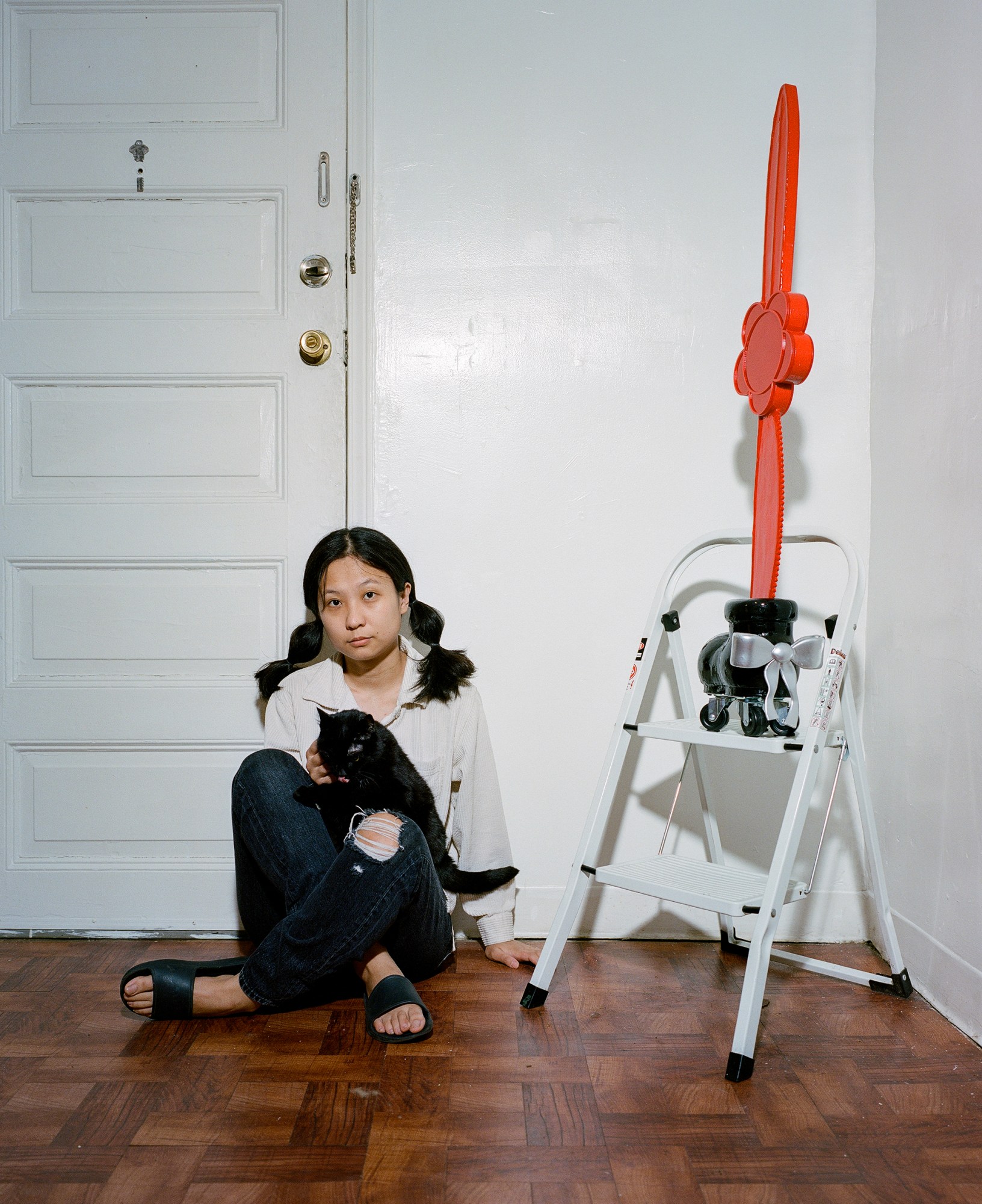
What are the particularities of having an art space in your neighborhood?
Having Tutu in Bed-Stuy is a personal choice. I would have loved to be in Chinatown, but the rent is too high and the area is very overwhelming. My rationale for running a referral-only gallery without a storefront is also to be respectful to long-time residents in this neighborhood. Many visitors work in the arts and live close to us, so it’s easy for them to come over on a casual daytime walk.
Are there particular programming notes you could share about what the art space wishes to put forth as a perspective?
Tutu focuses on two-person shows. We love having two artists with different backgrounds but compatible aesthetics, so their works, together, speak to shared emotions and similar thought processes. The events in conjunction with the exhibitions here are lighthearted, recently we did a speed dating and a video game party. We don’t represent artists yet but have recurring collaborations. There is a contract regarding different party’s responsibilities, consignments and sales and it varies from person to person. We value flexibility and consideration for unique situations each time!
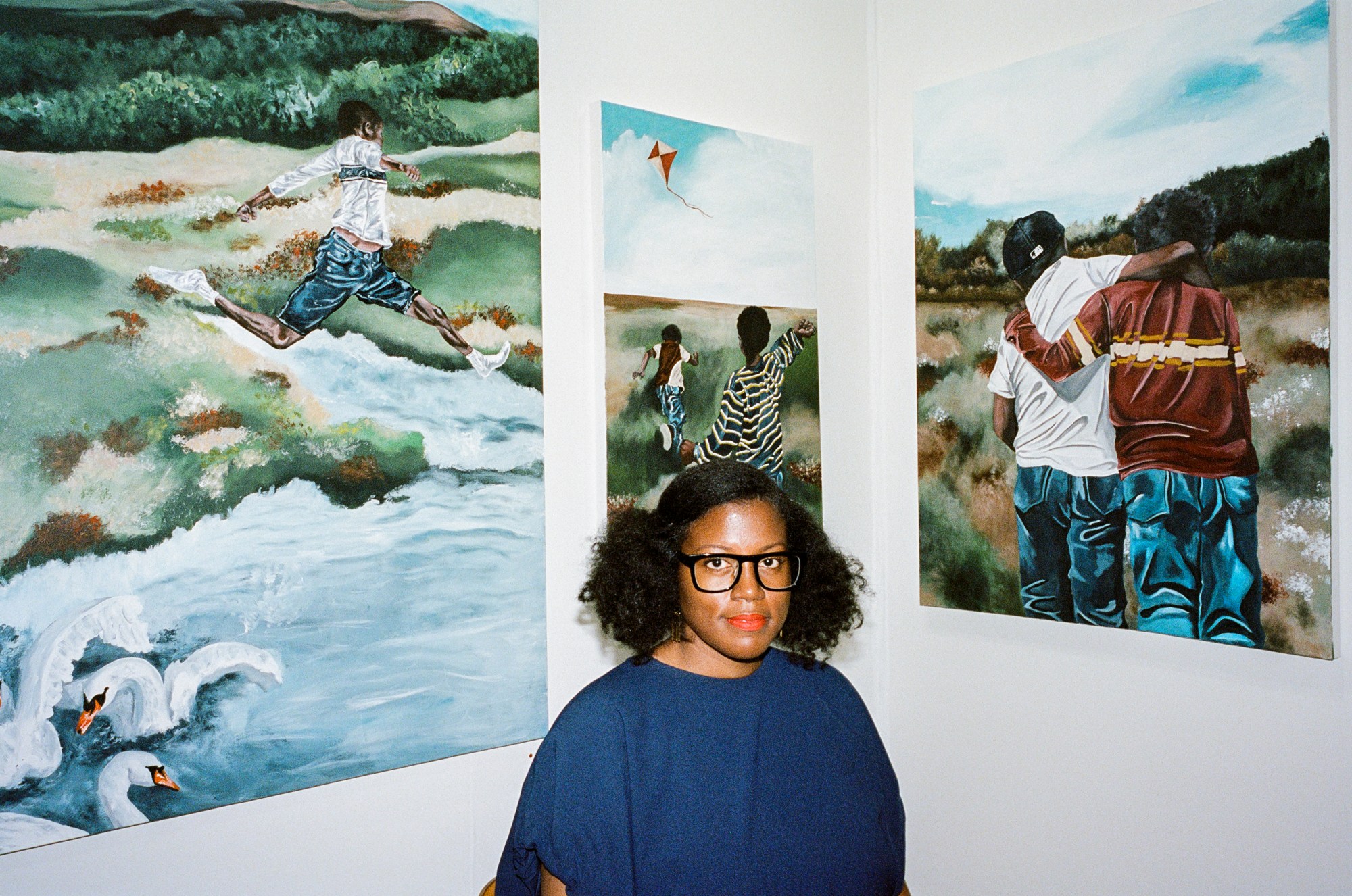
Stephanie Baptist, Medium Tings
What was the impetus for creating Medium Tings?
Medium Tings was founded in a 500 square foot living room in a brownstone apartment in 2017. I wanted to create a platform for Black artists and decided to use a non-traditional art space (the living room) as a way to foster new conversations and connect artists with new collectors in a recognizable and welcoming environment.
What does being a “New York art project” — or a “Brooklyn art project” — mean?
Community is the first word that comes to mind. Medium Tings would not be here if it wasn’t for our supporters, who have been championing us from the very beginning. Our community has helped us forge relationships with new collectors, organizations and institutions, which has been paramount. As a Brooklyn ‘roving’ art project we know what it means to be nimble and pivot quickly. I think most New Yorkers understand this concept as this is a city that innovates almost as rapidly as it changes, so anchoring to your neighborhood, supporting the small businesses and getting to know your neighbors is key and makes you feel as if you belong.

What are the challenges of establishing an art space?
In 2019, we were faced with a bit of uncertainty when we had to move out of the apartment. Without the physical space we worried that we might lose some of the traction we had built. As a roving platform with a smaller number of annual physical exhibitions, we continuously think about the ways in which the gallery can remain engaged with our existing audiences while reaching new ones.
What does your roster of artists reflect about the art world today?
Most of the artists we work with are young, innovative and often self-taught. They are determined and push the boundaries of their practice.
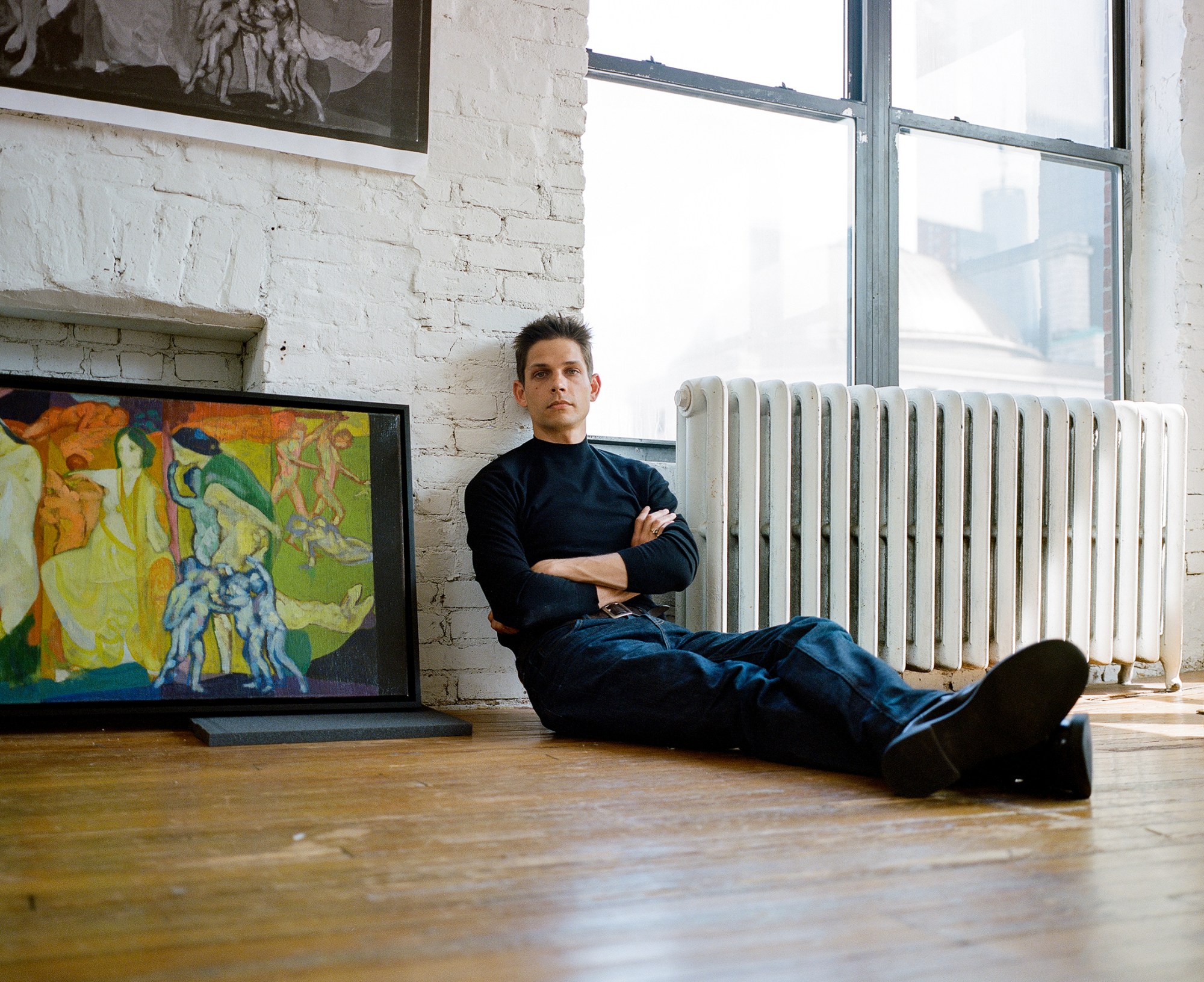
Ethan James Green, New York Life Gallery
What was the impetus for creating a new art space?
The gallery is next door to my studio, which has always been a space where people are constantly in and out, collaborating and talking about ideas. This atmosphere of collaboration and creativity inspired the desire to open an exhibition space.
What does your roster of artists reflect about the art world today?
In a departure from the standard gallery model, for now, we are not planning to have a roster of represented artists. In some ways, this could reflect an expanding desire to reimagine and evolve how the art world has traditionally been structured.
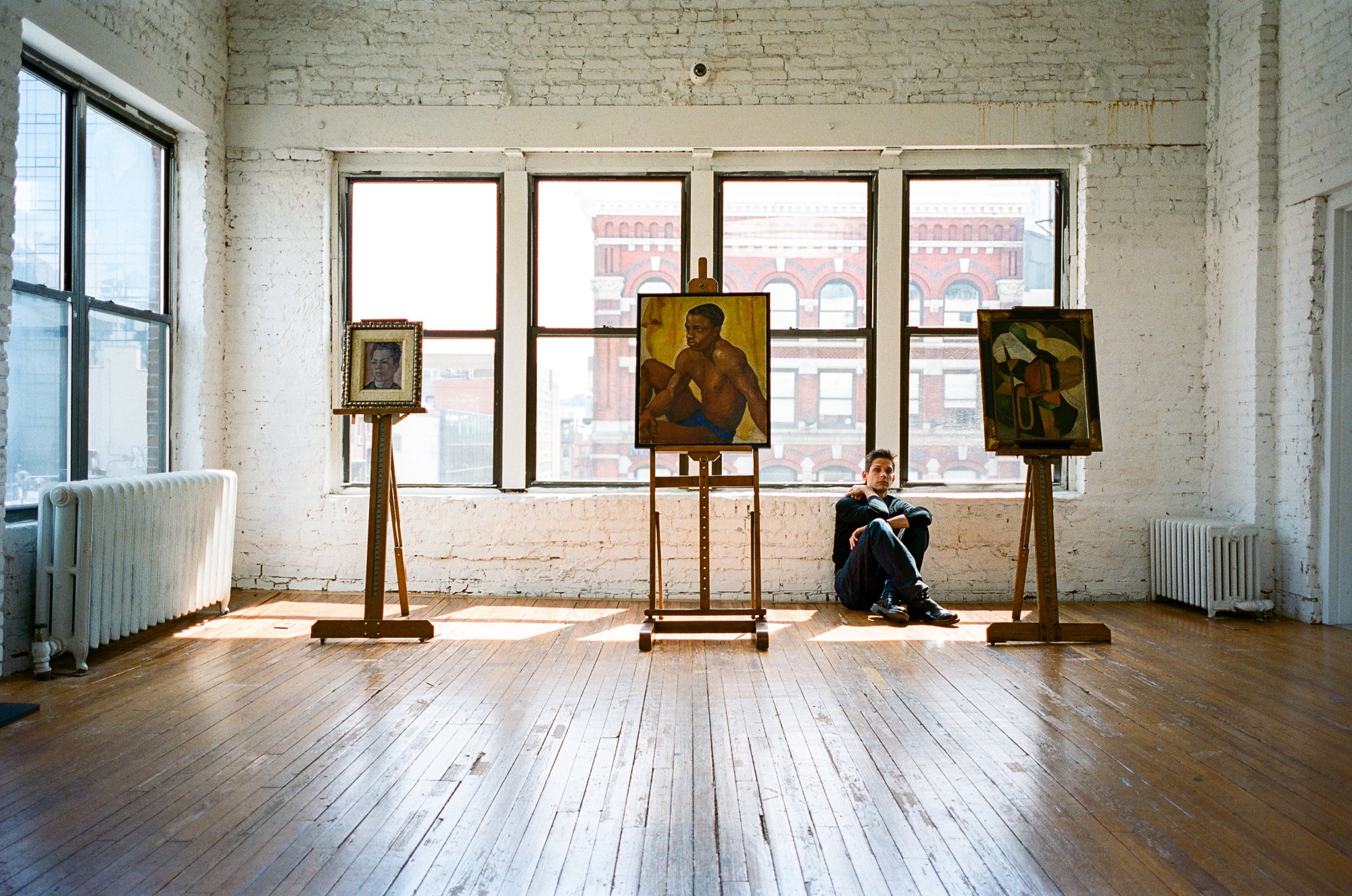
Regarding the architecture of the venue, how does the space lend itself to interesting scenographies?
The name New York Life Gallery was inspired by a large sign across the street that is visible from the gallery windows. The gallery is located on the top floor of a pre-war building in Chinatown with large skylights and windows, which gives the space a timeless New York character.
What are some of the upcoming shows to look forward to?
Our next exhibition, Sleeping Beauties, opens on May 19th. It is a curation of artworks, mostly paintings, spanning the 20th century. Some artists have been essentially unknown until now, and the absence of information about many of the artworks offers an element of mystery and a timelessness that traditional historiography often fails to include in its systematic genres. Our perspective is that this collection occupies a liminal space with works from the past that retain relevance even in a contemporary context.
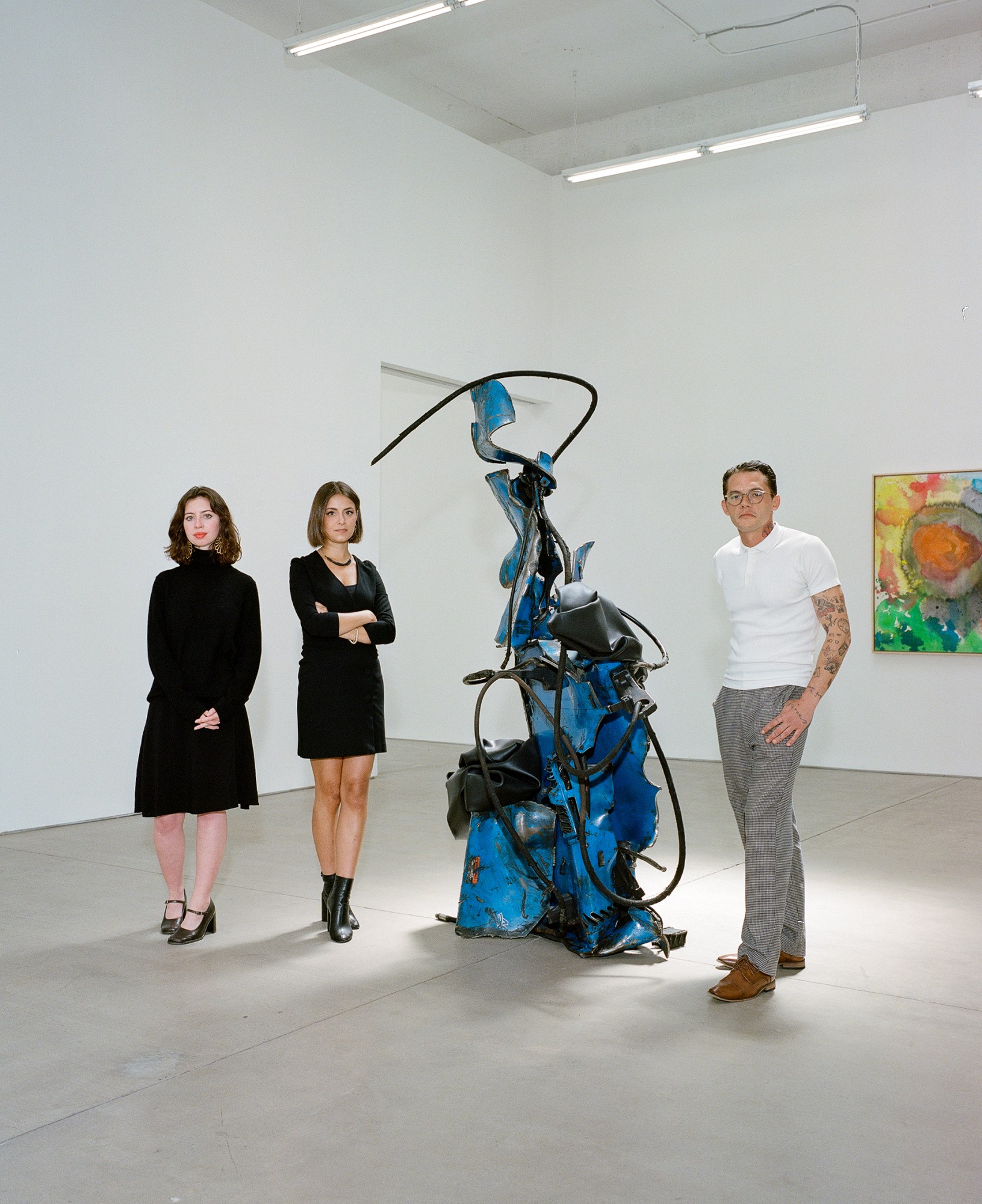
Swivel Gallery
What was the impetus for creating a new art space?
When I decided to open the gallery I was a relatively successful artist whose ambitions had outgrown their infrastructure. For me, the conception of the gallery was a moment when I said to myself: “if I don’t want to continue taking up space, I can offer it”.
What are the challenges of establishing an art space?
To start, you are just dealing with a fast paced, highly competitive game, opening a gallery in the most competitive place in the world, New York. At the same time you are involved in a situation that is also incredibly personal; you are dealing with people, both on the side of the artist, and on the side of the collector. There is an emotional attachment to every aspect of the art game, so one of the biggest challenges is maintaining yourself, and remaining sincere in your ambitions.
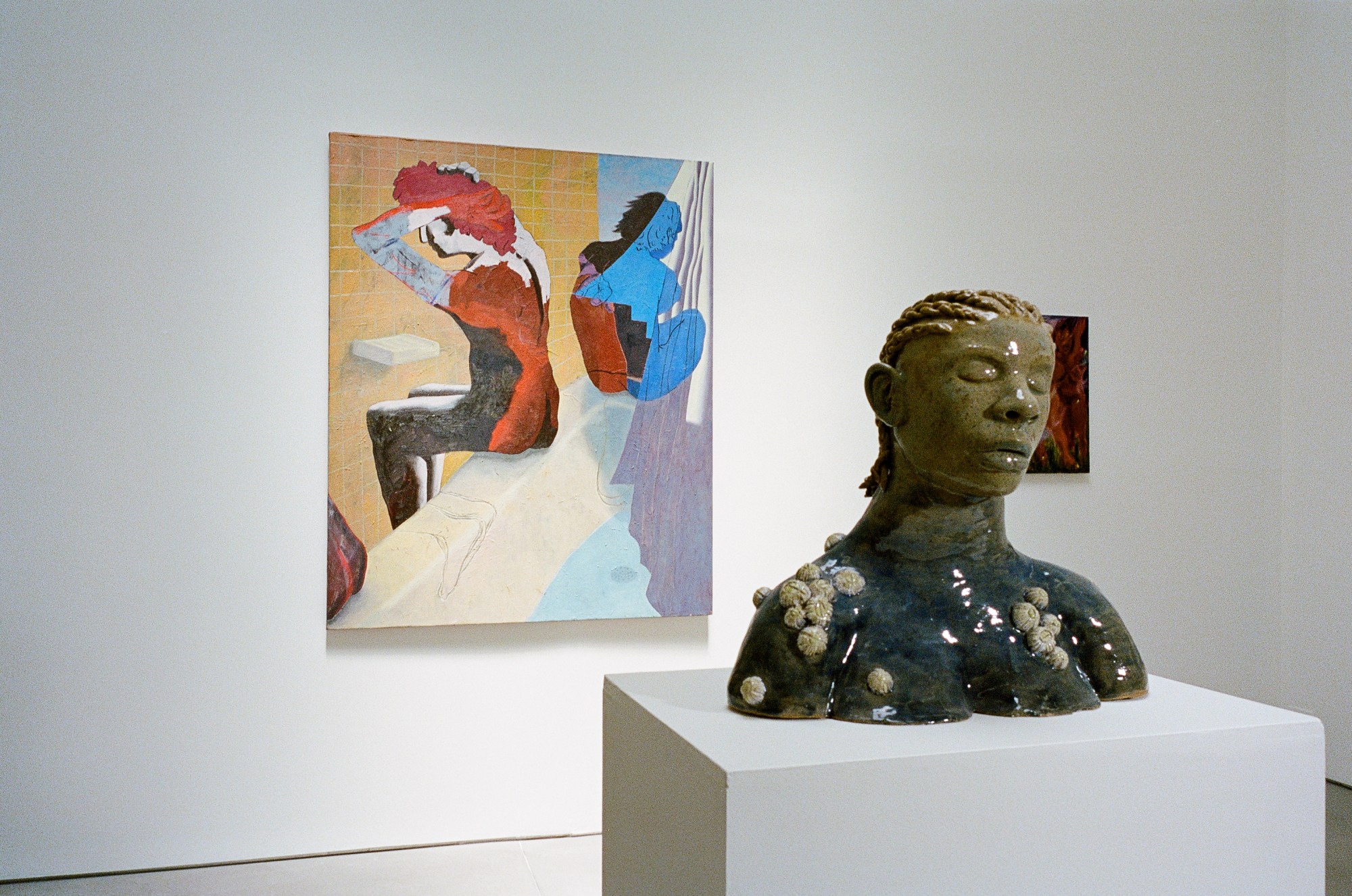
What does being a “New York art space” — or a “Brooklyn art space” — mean?
We wanted to stay in Brooklyn, taking over a legendary space, also as a statement: we wanted to still believe in the community, still inspire the neighborhood with the practices of artists often living or working here in the surroundings, who are making powerful statements about our time.
What does your roster of artists reflect about the art world today?
My roster consists of an extremely diverse cast of artists, who, in my opinion, are battling voicing, and translating some of the youth’s biggest concerns, concepts and adaptations to this world in extremely unique ways. There are no two artists here who are even close, I’m not sure I could even have a group show with our roster.
That is one of our biggest qualities here — one of the most important things I look for. The gallery is not based on my own aesthetics, but rather the value I see in each person, in their work and in what they are trying to say.
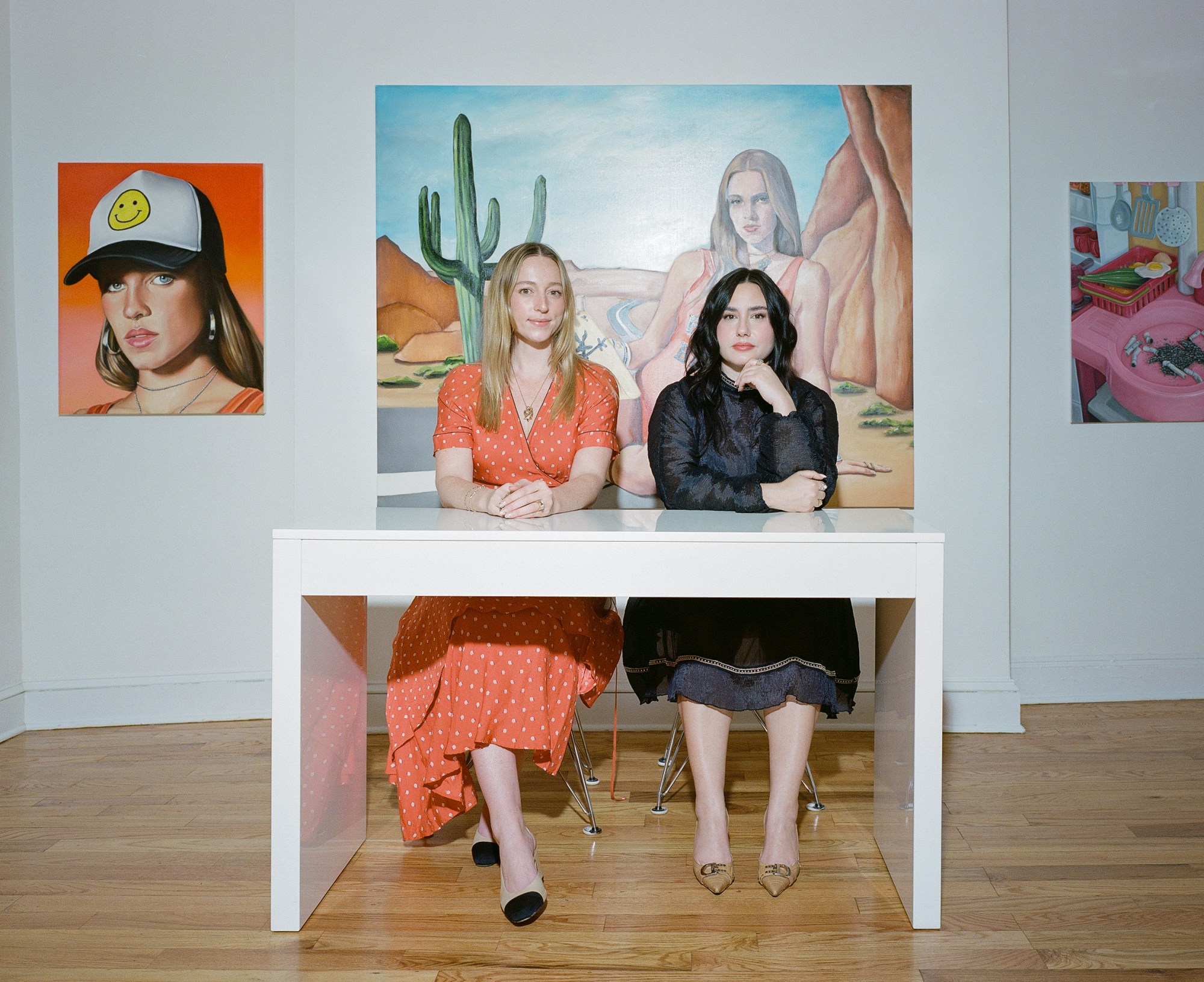
Marlee Katz and Danielle Dewar, Tchotchke Gallery
What was the impetus for creating a new art space?
Tchotchke Gallery was founded with a mission to make art more accessible and inclusive, while supporting emerging artists and creating a sense of community. Starting as a digital gallery during the pandemic, we presented several virtual exhibitions until recently opening our physical space in East Williamsburg. We saw a chance to bring a creative institution to a neighborhood that had undergone significant changes in recent years and to create an environment that reflects the neighborhood’s values and interests.
Regarding the architecture of the venue, how does the space lend itself to interesting scenographies?
Our gallery is very non-traditional architecturally, with a variety of unique characteristics such as arches, feature walls, nooks, sloping angles and what one would assume to be a completely unusable wall that we’ve somehow made work. We often suspend paintings from the ceiling and entirely cover a door, which is something we initially considered a negative but have since learned that both ourselves and our guests love an avant-garde approach to curation.
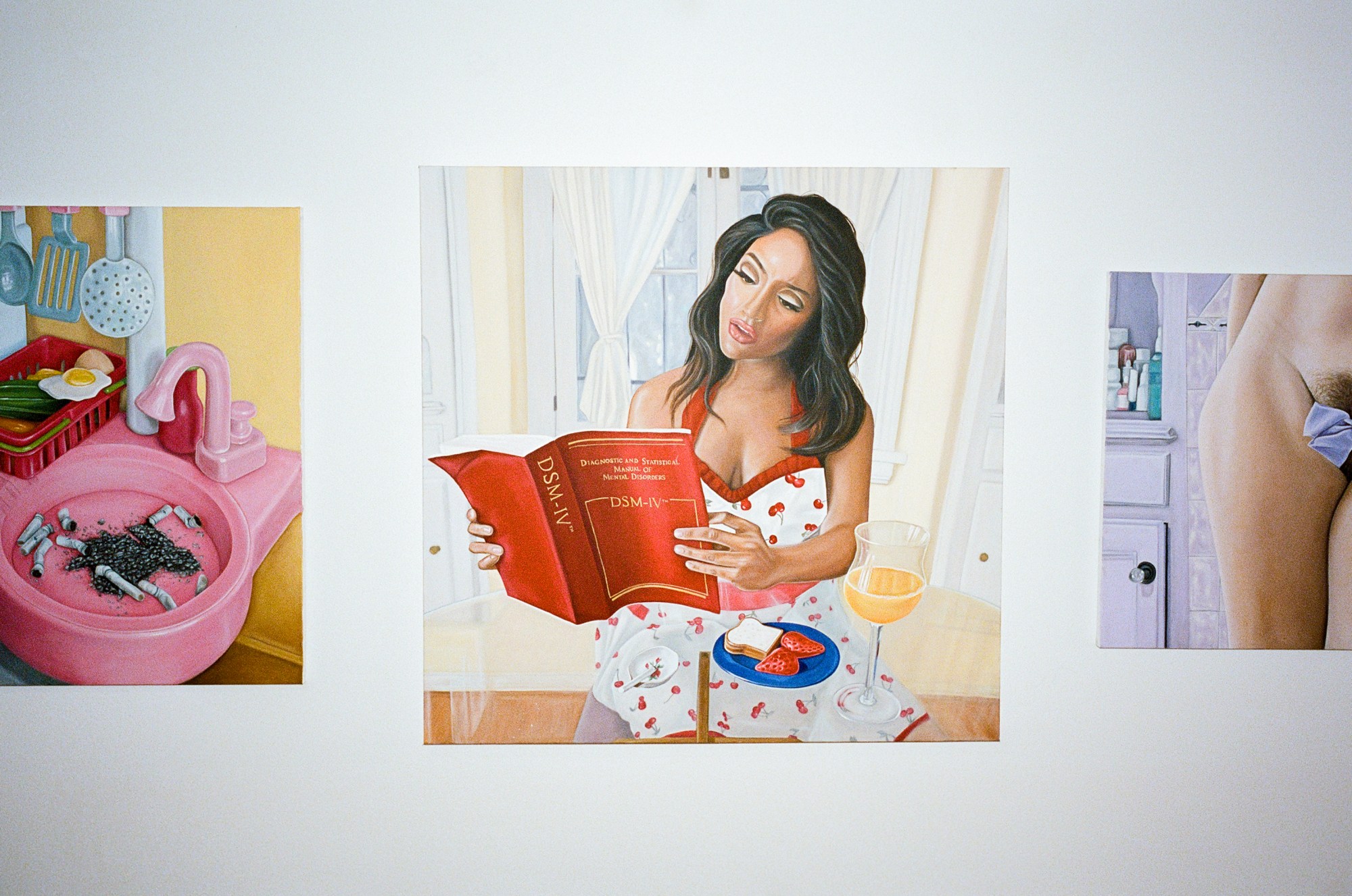
What are the particularities of having an art space in your neighborhood?
It’s been great to run into artists on a daily basis while walking our dogs or grabbing a coffee, and the neighborhood feel is tremendous. We’re surrounded by local businesses, artists’ studios and a vibrant, growing community.
What are some of the upcoming shows to look forward to?
Our next show is called High Maintenance, highlighting 32 female-identifying artists from all over the world. This exhibition is a celebration of the strength of women and a powerful statement directed at the art world ecosystem, elevating the voices of artists who are often overlooked. We are very excited for this show to open at the gallery on May 30th.
Credits
Photography OK McCausland

